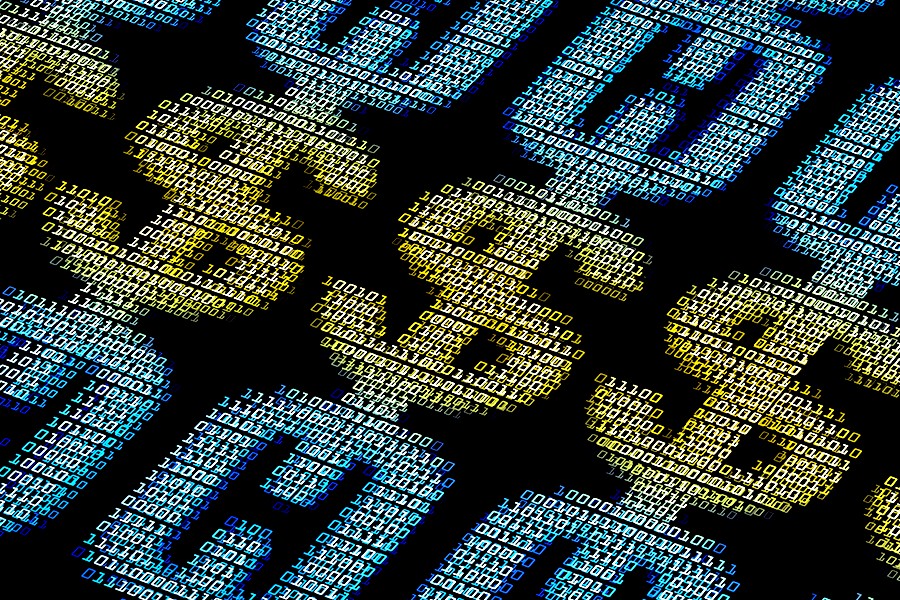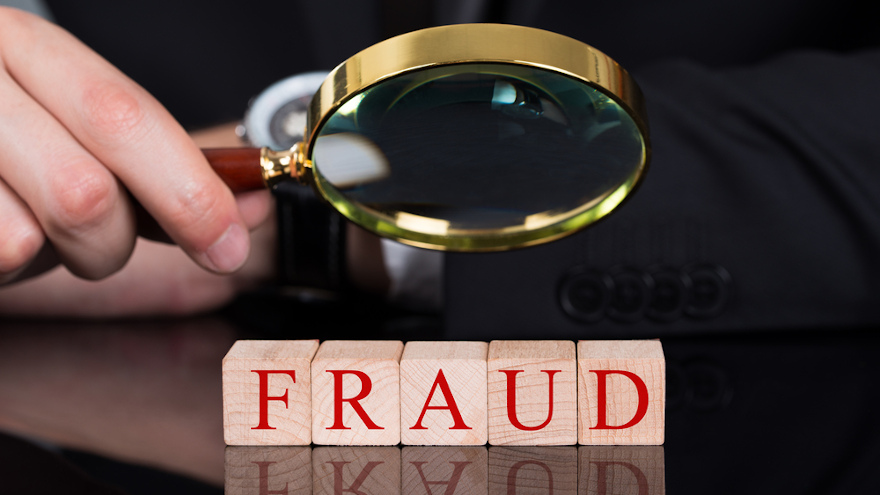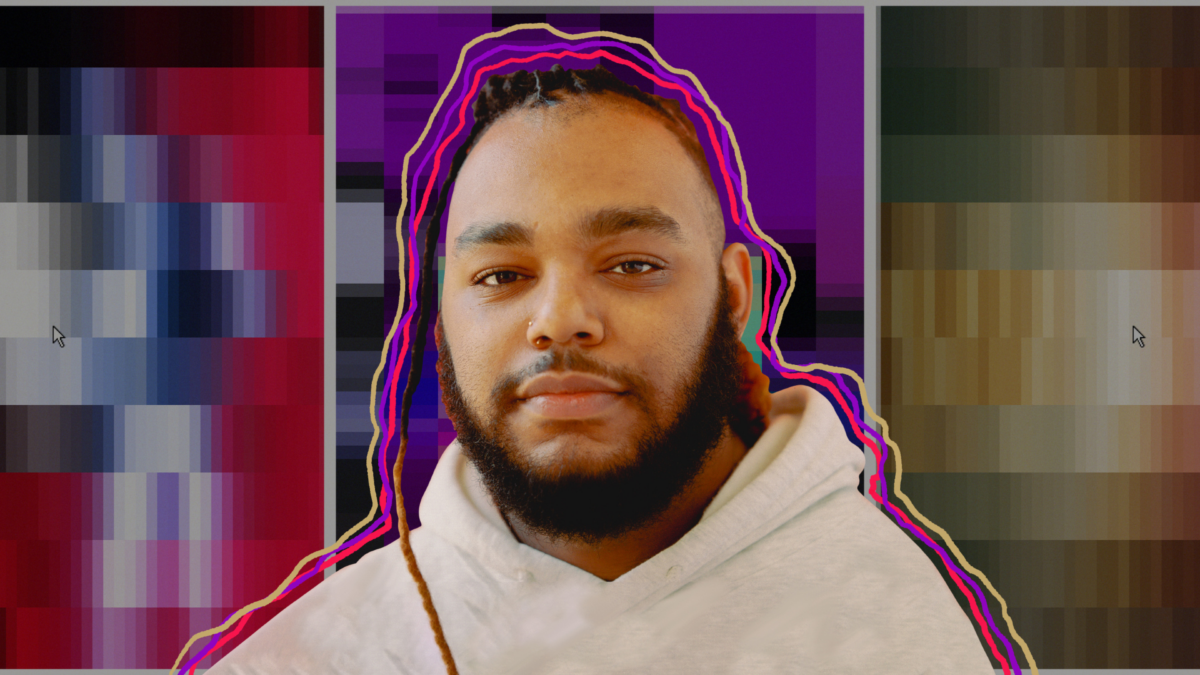Basic steps in building blockchain applications

[gpt3]rewrite
Blockchain technology has been called an innovative concept with the potential to transform how industries operate.
Applications and solutions built on blockchain offer more flexibility, security, scalability and high transparency. Built on a distributed ledger technology, multiple parties can share information and transactions without the need for a central authority.
In recent years, blockchain has become increasingly popular, and many companies are exploring the potential of applications built on it. This article looks deeper into the blockchain application development step to help you build them on the right foot.
The basics of blockchain applications
Before embarking on the process of blockchain app development, it is important to understand the basics. This requires you to consult with the industry experts for guidance. Blockchain technology can be said to be relatively new and with a steep learning curve. You need help deciding on issues like the best programming languages and platforms to use. Here are the steps you need to take:
Step 1: Plan your blockchain application
Planning is a crucial step in this process and is where you define the explicit needs, use cases and purpose of the app. You need to start with a project roadmap that outlines the necessary milestones and timelines for the project. This also includes identifying the key deliverables. Furthermore, you must define a target group, as this is important and essential in an application that meets the users’ needs. Here’s what to do in the planning phase:
- Identify a problem: You can’t just start planning for the unknown when building an app. First, identify your problems and pain points. The problem you are trying to solve can be anything. You may be focused on reducing production or operating costs, increasing efficiency and productivity, improving cross-border transactions or eliminating counterfeiting and fraud. The point is that you should have a clear problem for which you want to build a solution.
- Define a purpose and a scope: When you have a specific problem you want to solve, the next practical element to put into your plan is the purpose and scope of your app. This is where you define what the app should do and for whom. You will also post rules for data processing and access levels.
- Identify key stakeholders and their needs: Your stakeholders can be customers, partners, suppliers or regulators. Knowing who you are developing the app for will help you understand their needs and therefore design an application that fulfills and satisfies the intended purpose.
Choosing the right blockchain platform: In planning, you also need to decide on the most suitable blockchain network for the app. Needless to say, you have several options to choose from, such as Ethereum or Corda. Each platform offers its advantages and features, but also some disadvantages. All you need to do is choose the one that meets your needs.
Step 2: Designing the blockchain application
After the planning process comes the design of the application. This is where you decide the intricacies of your app so that it runs properly. These are the steps you need to follow to achieve the best design:
- Create a system architecture: The architecture is the general structure of your app and the data it will store. It involves designing all the app components and how they will interact with each other.
- Smart contract design: These contracts are coded for self-execution when the parties meet all the conditions. They automate the verification and enforcement of the terms of the app. Once you have a system architecture, you need to write these contracts. This is a critical step, and it defines performance and results.
Here you should separate what the contacts will perform in terms of workflow and business logic. The code must be in a language compatible with the blockchain platform you chose. During this step and other steps, an effective smart contract audit is required.
- Creation of user interface: The user interface (UI) and user experience (UX) of your blockchain application is critical. This is what helps you attract and retain users on the app. The best practice is to design a robust, intuitive and user-friendly interface that your audience will enjoy interacting with and easily understand.
- Define roles and permissions: Defining the roles and permissions of participants on the blockchain is key to improving user privacy and increasing app security. Implement the permissions you identified in your plan regarding who has access and modification rights to the data. Also define who and how the smart contracts are executed, and the app administrator.
Step 3: Develop the app
The next practical step is to create the features that make your app functional enough to solve the problem you are facing in your business or organization. It involves:
- Set up the development environment: For any app development you need proper setting. Choose the necessary tools and software to enable you to develop, test and deploy your app. This environment will largely depend on the platform you are building it on
- Testing smart contracts: You need to check that your smart contract code has no errors and that it executes the business logic you intended. Some of the common tools for testing the code for the contracts include Ganache, Remix and Truffle.
- Develop front-end and back-end: This step also involves front-end and back-end development of the app. You need to integrate the smart contracts with the front and back end to ensure that they communicate correctly with each other.
- Integrations: The point here is to ensure that the application interacts with the platform and other software correctly, and that the contracts are distributed to the network.
Step 4: Testing and deploying the app
Once you’ve completed the steps above, test your app to make sure it’s working as it should. Once testing is complete, the application can be distributed to the public. But before this last step, these are the things you should look into:
- App security: Security is a critical aspect in building any type of application, especially those on blockchain networks. Check that the app is secure against attacks and that user data is protected.
- Support and maintenance: You must regularly monitor and maintain the App. You need to keep up with updates and make sure the app runs smoothly.
Final thoughts
When building a blockchain app, you need a clear problem you want to solve. Get it right in your choice of platform and tools, design the app architecture, write secure smart contracts, develop the frontend and backend, and test and deploy the application. Blockchain technology is still in its early stages, but you can learn more about it and reap the many benefits it can offer.
This content is part of the HWM partnership.


related articles
[gpt3]

























